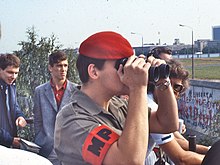
A paratrooper is a military parachutist—someone trained to parachute into a military operation, and usually functioning as part of airborne forces. Military parachutists (troops) and parachutes were first used on a large scale during World War II for troop distribution and transportation. Paratroopers are often used in surprise attacks, to seize strategic objectives such as airfields or bridges.
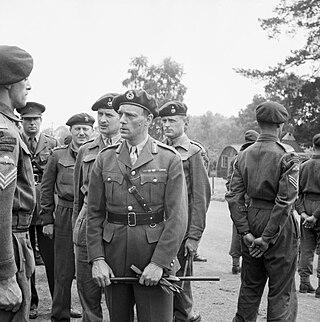
The green beret was the official headdress of the British Commandos, a special-forces unit active during World War II. It is still worn by members of the Royal Marines after passing the Commando Course, and personnel from other units of the Royal Navy, Army and RAF who serve within 3 Commando Brigade and who have passed the All Arms Commando Course.

A parachutist badge is a military badge awarded by the armed forces of many states to soldiers who have received parachute training and completed the required number of jumps. It is difficult to assess which country was the first to introduce such an award.
Commandant is a title often given to the officer in charge of a military training establishment or academy. This usage is common in English-speaking nations. In some countries it may be a military or police rank. It is also often used to refer to the commander of a military prison or prison camp.

The Parachute Regiment is an airborne and special forces regiment of the Indian Army. It was raised in 1945 as part of the British Indian Army but was disbanded after World War II and was re-raised in 1952 as part of the Indian Army. Currently it consists of fifteen Special Forces, two Territorial Army and one Rashtriya Rifles battalions.
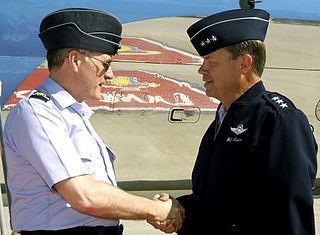
A side cap is a military cap that can be folded flat when not being worn. It is also known as a garrison cap or flight cap in the United States, wedge cap in Canada, or field service cap in the United Kingdom; or in vulgar slang as a cunt cap. In form the side cap is comparable to the glengarry, a folding version of the Scottish military bonnet. It has been associated with various military forces since the middle of the 19th century, as well as various civilian organizations.

The black beret is a colour of beret, a type of headgear. It is commonly worn by paramilitaries and militaries around the world, particularly armored forces such as the British Army's Royal Tank Regiment (RTR), the Royal Canadian Armoured Corps (RCAC), and Royal Australian Armoured Corps (RAAC) and the Indian Army Armoured Corps and Indian Border Security Force. Notable non-armored military units to wear the black beret include the non-military police and non-special forces elements of the Irish Defence Forces, MOD Guard Service, Russian Naval Infantry and Russian OMON units, the United States Air Force (USAF) Tactical Air Control Party (TACP), Philippine National Police-Special Action Force (PNP-SAF) members, and the Royal Canadian Navy. It was also worn by the United Kingdom's Royal Observer Corps (ROC) with their Royal Air Force (RAF) uniform, Metropolitan Manila Development Authority (MMDA).

The 10th Parachute Brigade, abbreviated as 10 PARA BDE, is an elite division-sized hybrid airborne-marine unit within the Malaysian Army. It is tasked with rapid reaction forces inside or outside the boundaries of Malaysia and serves as the key element of the Malaysian Rapid Deployment Force.

The maroon beret in a military configuration has been an international symbol of airborne forces since the Second World War. It was first officially introduced by the British Army in 1942, at the direction of Major-General Frederick "Boy" Browning, commander of the British 1st Airborne Division. It was first worn by the Parachute Regiment in action in North Africa during November 1942.
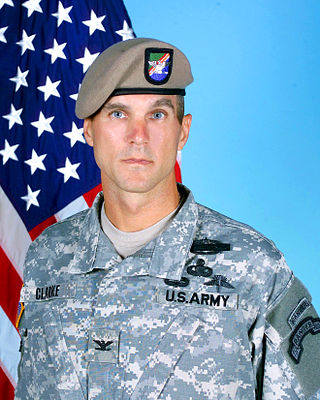
The tan beret, also known as a beige beret, has been adopted as official headgear by several special operations forces as a symbol of their unique capabilities.
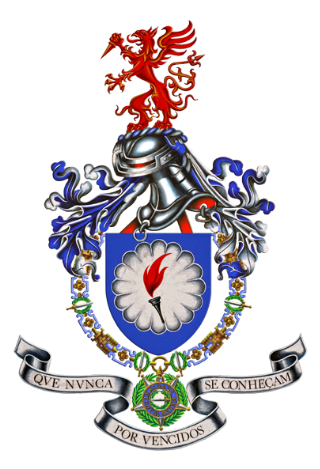
The Regimento de Paraquedistas, based in Tancos, Portugal, is a unit of the Portuguese Army and serves as the instruction center for recruitment and training of the Portuguese paratroopers. This unit includes an entire battalion, acting as support and reserve for airborne units which contains for example, military war dogs and airborne pathfinders and an instruction battalion responsible for the forming of new paratroopers.

In the United States (US) military, a beret flash is a shield-shaped embroidered cloth that is typically 2.25 in (5.72 cm) tall and 1.875 in (4.76 cm) wide with a semi–circular base that is attached to a stiffener backing of a military beret. These flashes—a British English word for a colorful cloth patch attached to military headgear—are worn over the left eye with the excess cloth of the beret shaped, folded, and pulled over the right ear giving it a distinctive appearance.

A blue beret is a blue-colored beret used by various military and other organizations. United Nations peacekeepers are often referred to as Blue Berets or Blue Helmets because of their light blue berets or helmets, this includes soldiers, police officers, and civilian personnel. The blue helmet is used as the logo of United Nations Peacekeeping.

Troops began wearing berets as a part of the headgear of military uniforms in some European countries during the 19th century; since the mid-20th century, they have become a component of the uniforms of many armed forces throughout the world. Military berets are usually pushed to the right to free the shoulder that bears the rifle on most soldiers, but the armies of some countries, mostly within Europe, South America, and Asia, have influenced the push to the left.

The United States Army has used military berets as headgear with various uniforms beginning in World War II. Since June 14, 2001, a black beret is worn by all U.S. Army troops unless the soldier is approved to wear a different distinctive beret. A maroon beret has been adopted as official headdress by the Airborne forces, a tan beret by the 75th Ranger Regiment, a brown beret by the Security Force Assistance Brigades, and a green beret by the Special Forces.
This article describes the use of the beret as part of the uniform of various organizations. The use of the beret as military headgear is covered in a dedicated article, Military beret.

The Portuguese Paratroopers are an elite infantry assault force, representing the bulk of the airborne forces of Portugal. They were created in 1956 as part of the Portuguese Air Force, being transferred to the Portuguese Army in 1993. Presently, most of the Paratroopers are part of the Portuguese Rapid Reaction Brigade which comprises all 3 special forces troops.
